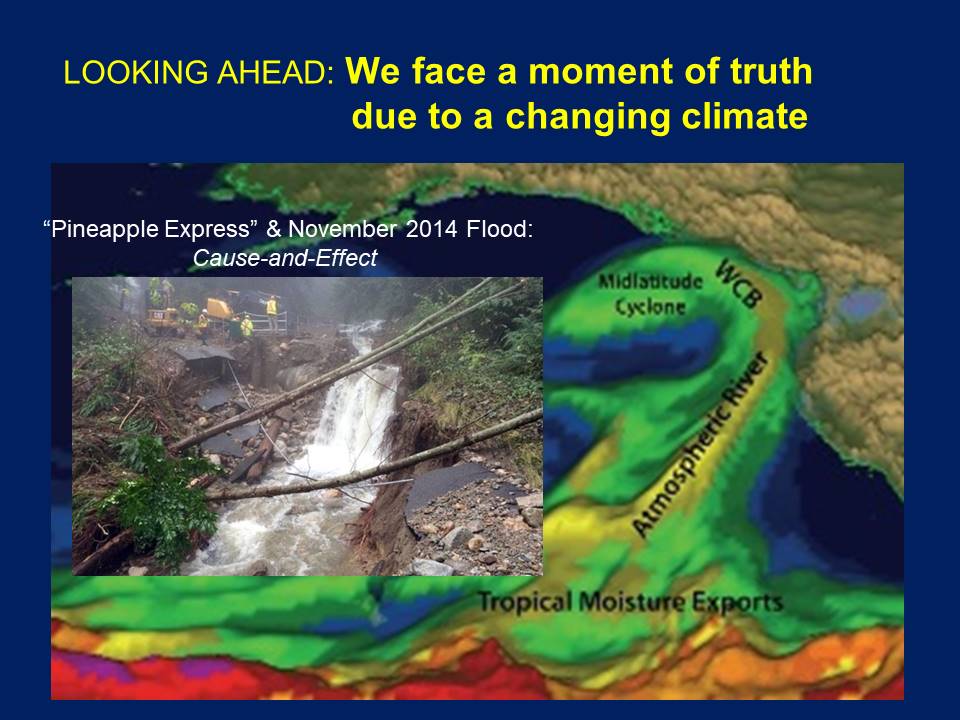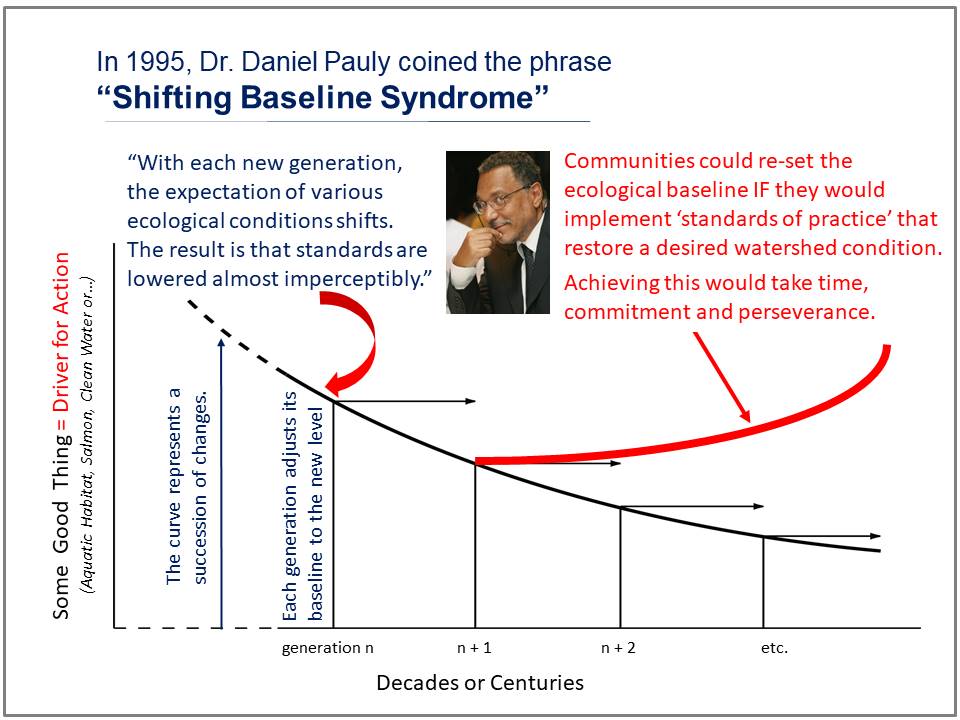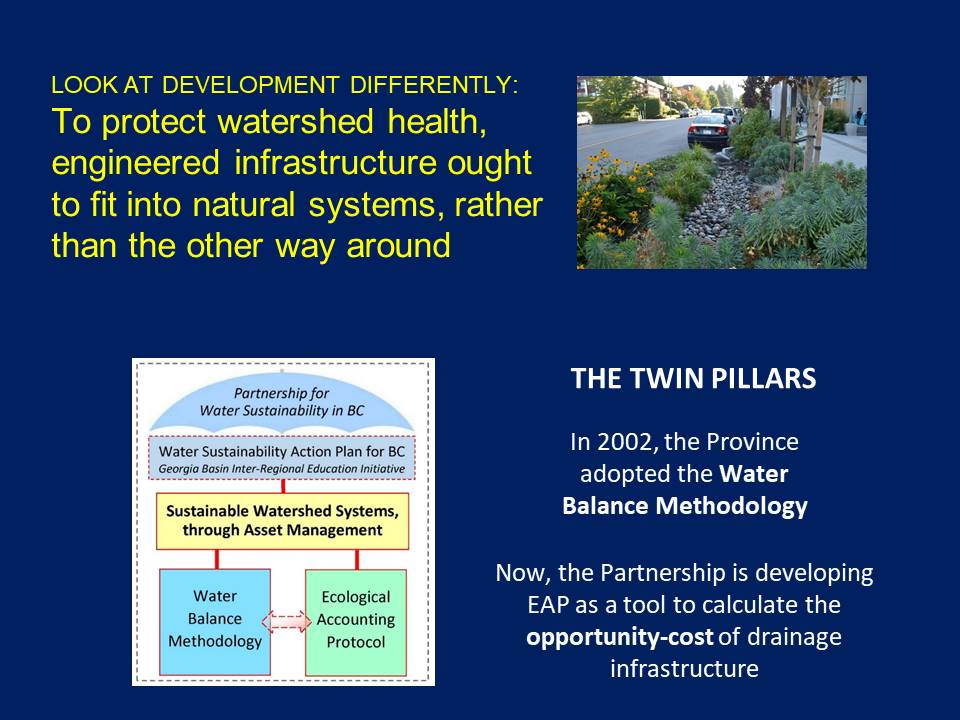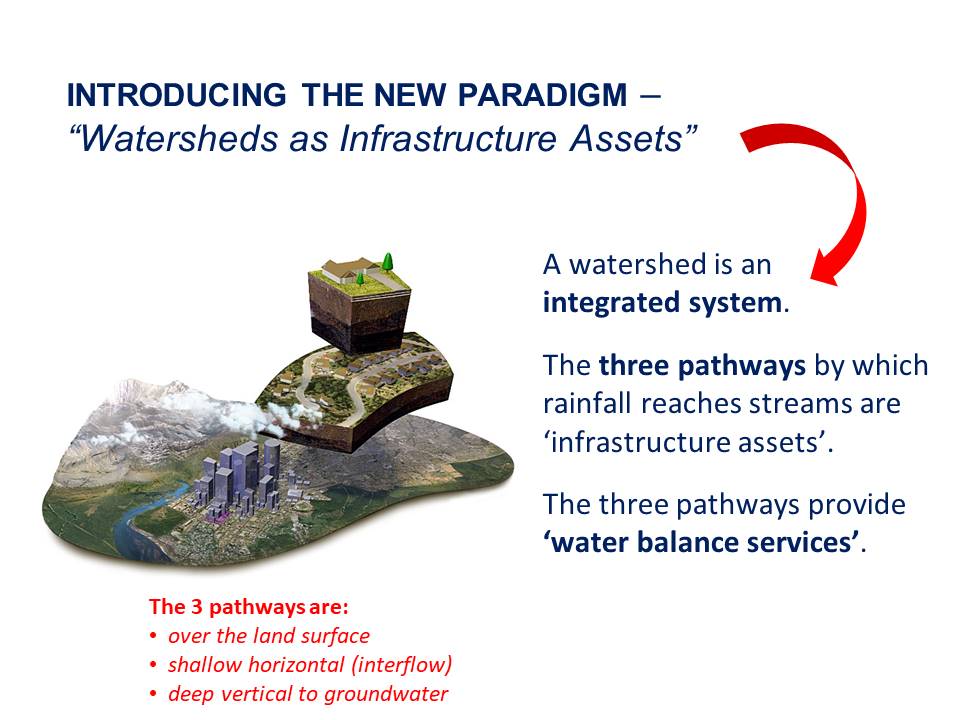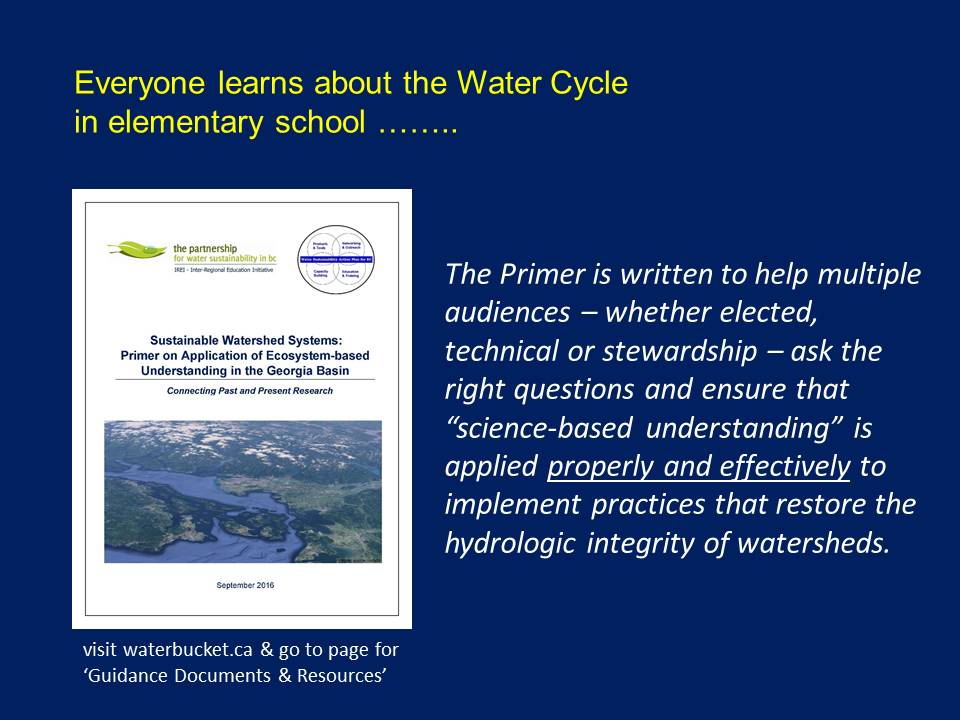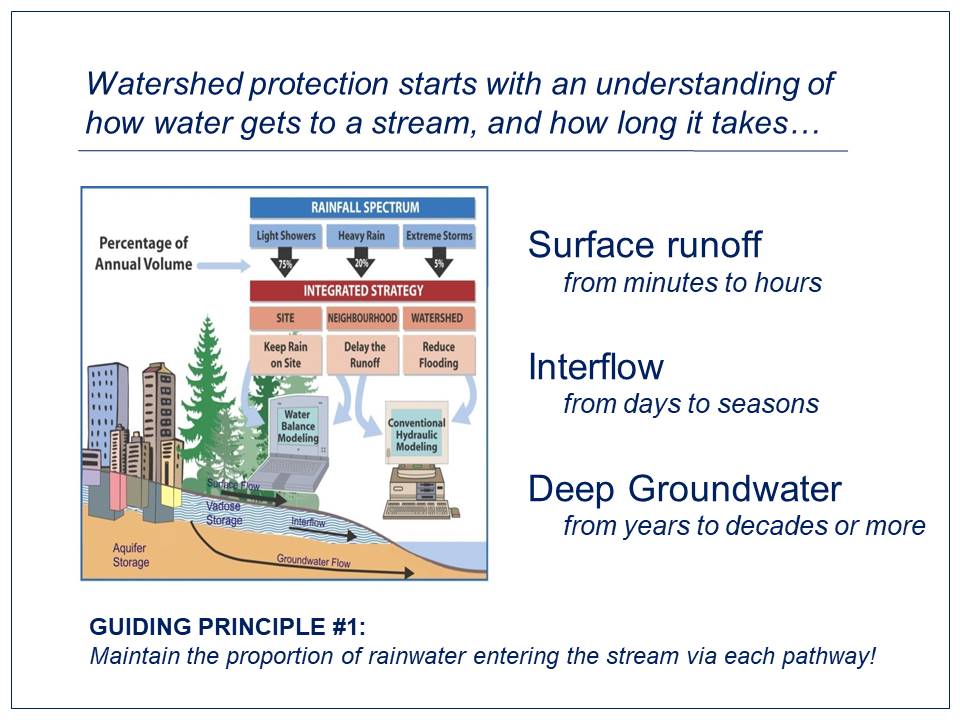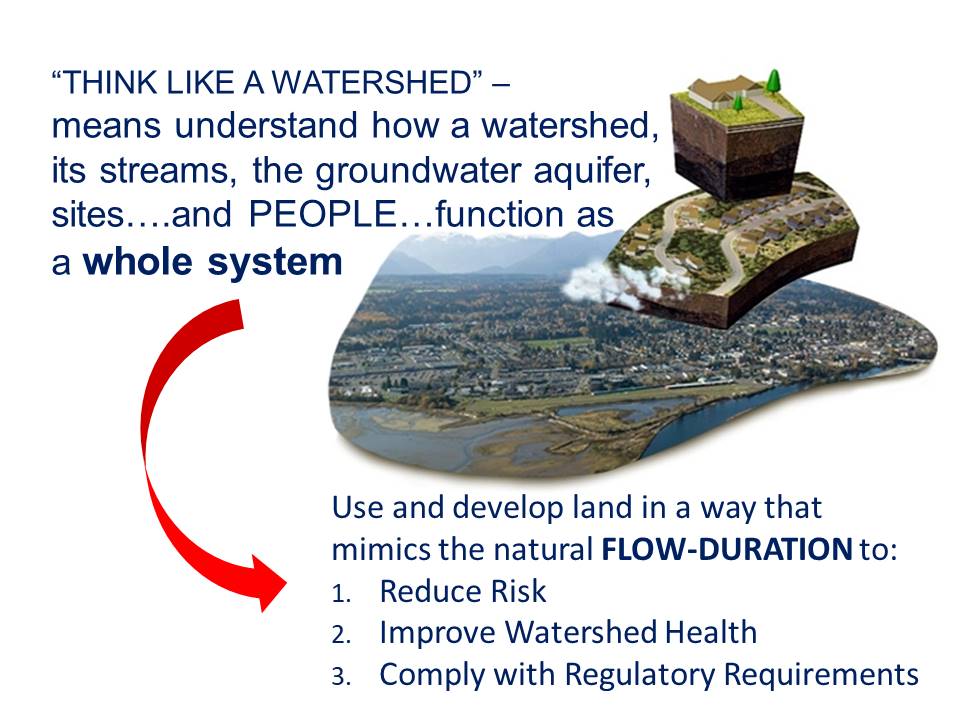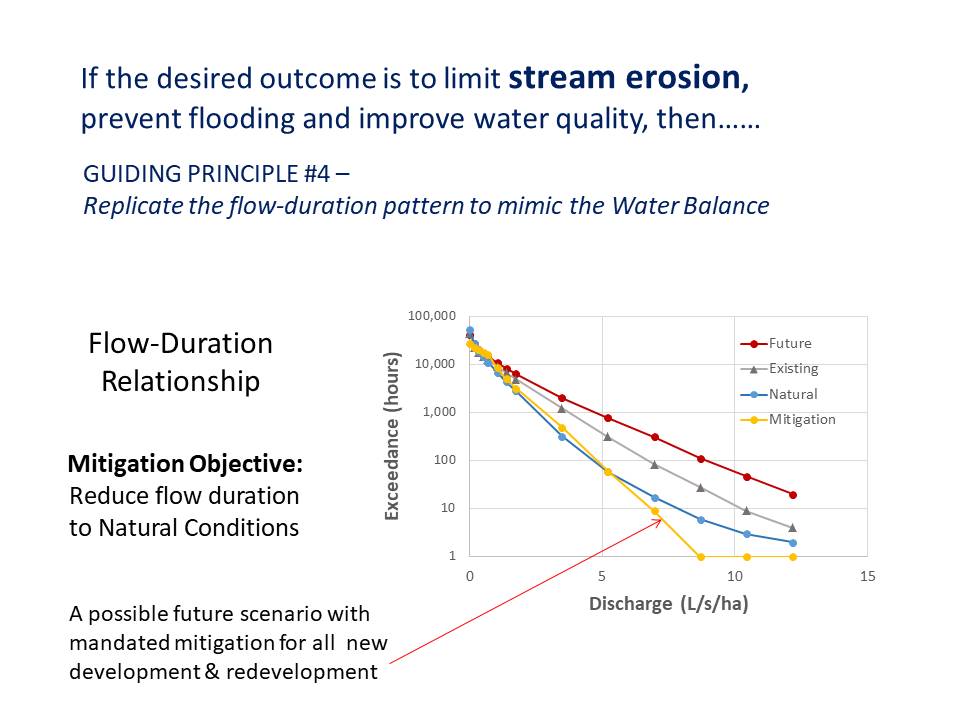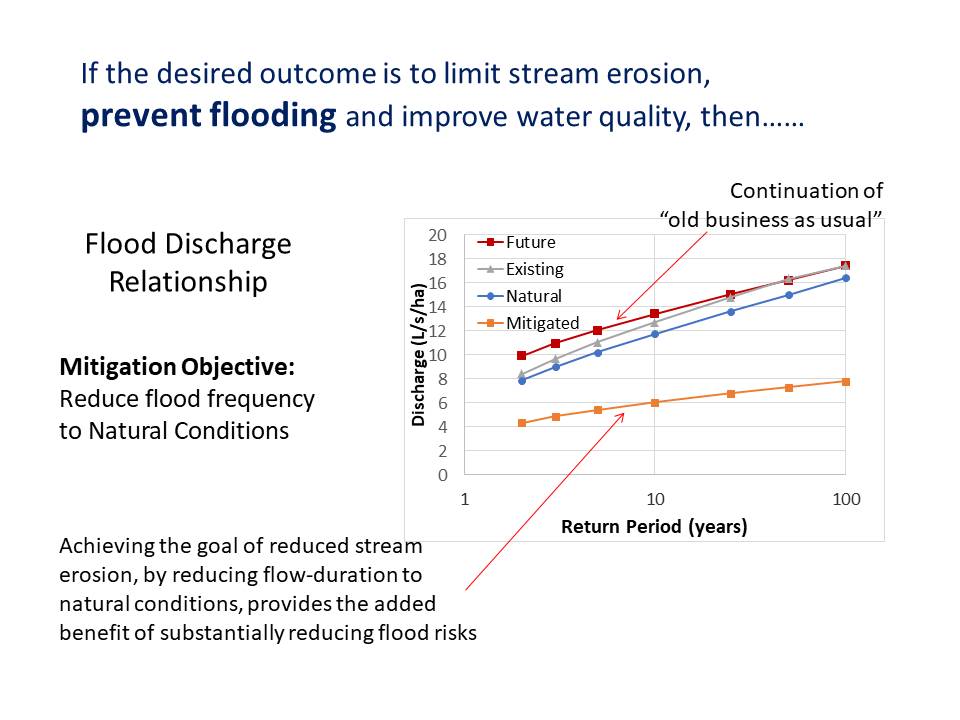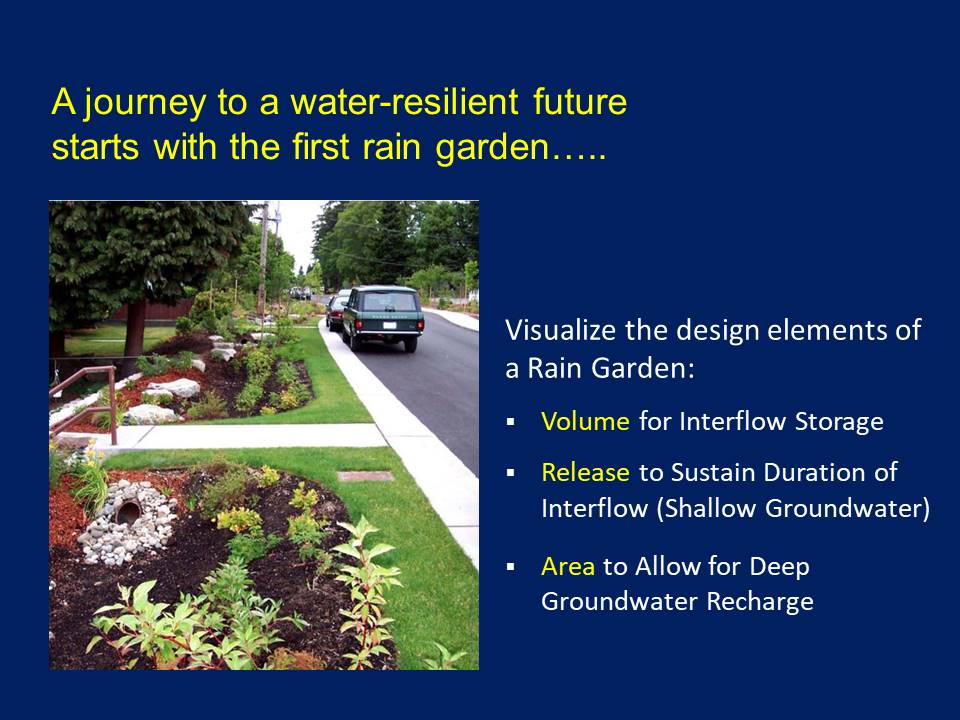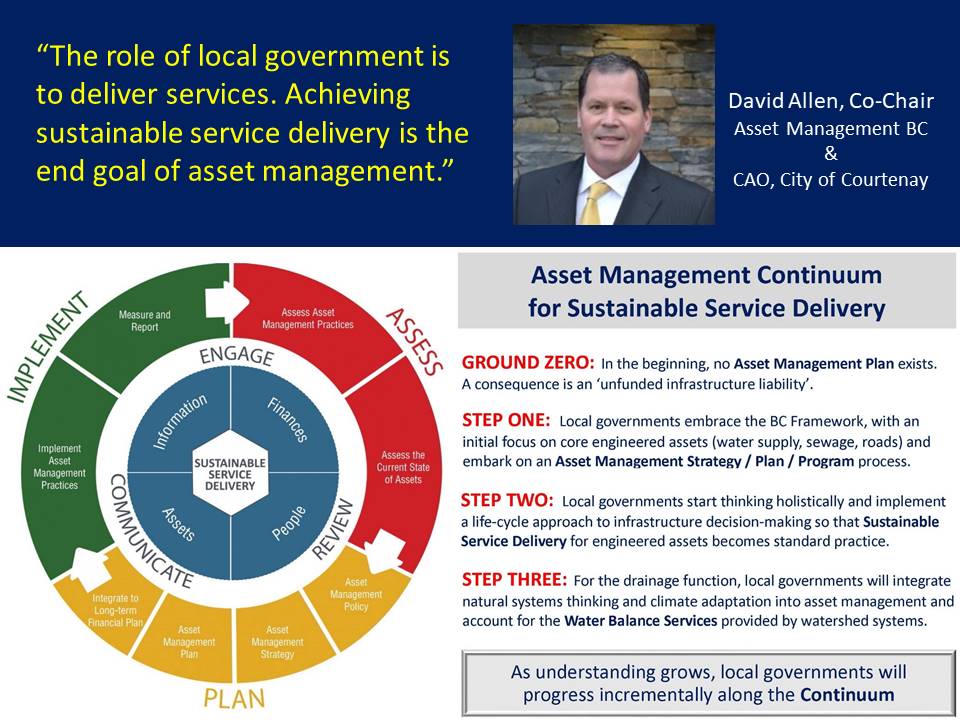KEYNOTE AT REGIONAL WORKSHOP ORGANIZED BY NORTH SHORE STREAMKEEPERS (March 2017): "Redevelopment of neighbourhoods creates opportunities to ‘get it right’ the second time and restore watershed health," stated Kim Stephens, Executive Director, Partnership for Water Sustainability in British Columbia
Note to Reader:
In March 2017, the 2nd annual North Vancouver workshop organized by the North Shore Streamkeepers (NSSK) attracted participants from communities throughout the Metro Vancouver region, and on a Saturday afternoon!
NSSK invited Kim Stephens, Executive Director of the Partnership for Water Sustainability in BC, to make a keynote presentation. This set the stage for a brainstorming session about the role that the stewardship sector could play as a catalyst for doing things differently on the land.
What Happens on the Land Matters
“The scope of involvement and influence of the streamkeeper is expanding beyond the creek channel,” stated Kim Stephens. “There is something taking place in British Columbia right now. It is a re-kindling of what took place in the 1990s and early 2000s in terms of the stewardship sector.
 “In the earlier part of my career, we dealt with the consequences of land development in the District of North Vancouver (refer to second slide below). In the 1980s, we were reactive in responding to flooding problems and retrofitting engineering solutions. We did not go back to the source and eliminate the causes of those problems.
“In the earlier part of my career, we dealt with the consequences of land development in the District of North Vancouver (refer to second slide below). In the 1980s, we were reactive in responding to flooding problems and retrofitting engineering solutions. We did not go back to the source and eliminate the causes of those problems.

Will Communities Capitalize on Opportunities?
“My purpose in sharing this example from my career is to point you to the need for action right now – because redevelopment of single family neighhourhoods creates the opportunities to ‘get it right’ the second time. That is a key message for the entire bio-region which encompasses the Lower Mainland and east coast of Vancouver Island.
“Our region is hemmed in by the mountains, the sea, the US border and the Agricultural Land Reserve. This means population growth will be accommodated through redevelopment, and this involves redevelopment of watersheds. This is what gives us the second chance to get it right.
“The graph of housing stock versus decade (third slide below) for Hoskins Creek, which is a sub-area within the Hastings Creek watershed, shows a peak in the 1970s; and again in the current decade as the small houses on big lots are being replaced by big homes on what are now relatively small lots.
“As the housing stock turns over, the graph shows that there is a window of opportunity. We get one window every 50 years. Will the District act in time to catch the peak? Time is of the essence. Will the District capitalize or miss an opportunity?”
To Learn More:
Click on What Happens on the Land Does Matter! – Moving Towards “Sustainable Watershed Systems, through Asset Management” to download and view the complete set of slides comprising the storyline delivered by Kim Stephens.









